Mullein is one of those plants that seems to have an issue with authority – it does what it likes and prefers not to follow instructions. So, in the spirit of mullein, don’t follow our guidelines too closely…. the plants will grow if (and where) they want to!
We have found that the seed doesn’t germinate well until the soil has warmed up a bit so recommend waiting until late spring to sow indoors or early summer if sowing outdoors. Or you can wait until late summer to get small plants established before the winter for early flowering the following year.
Sow more seeds than you think you’ll need to compensate for erratic germination. Scatter the seeds on the surface and gently press into the soil; do not cover with soil as the seeds require light to germinate. Keep the soil moist while you wait. Sometimes it takes a couple of weeks, and on rare occasions it can take up to a couple of months.
Transplant into individual pots and plant out once the plants have a few true leaves. Mullein produces tap roots that do not like to be exposed, disturbed or confined, so try not to leave the plants in pots for too long.
Mullein requires full sunshine and prefers well-drained soil. It may require regular watering for the first few days or weeks after being transplanted, but once its tap root is established in its new home it requires very little watering, if any.
It is a prolific seed producer and probably the most satisfying of all herbs to collect seed from. Wait until the spike has turned golden brown, carefully cut it at the bottom and turn it upside down into a bucket….. we once harvested 47g from one giant plant, which comes to around 60,000 seeds! If you leave the seeds to fall naturally, it will self-seed, but rarely where you want or expect it to….
Being a biennial, it only produces flowers in the 2nd year, so you’ll need to sow fresh seed every spring to ensure you have flowers every year.


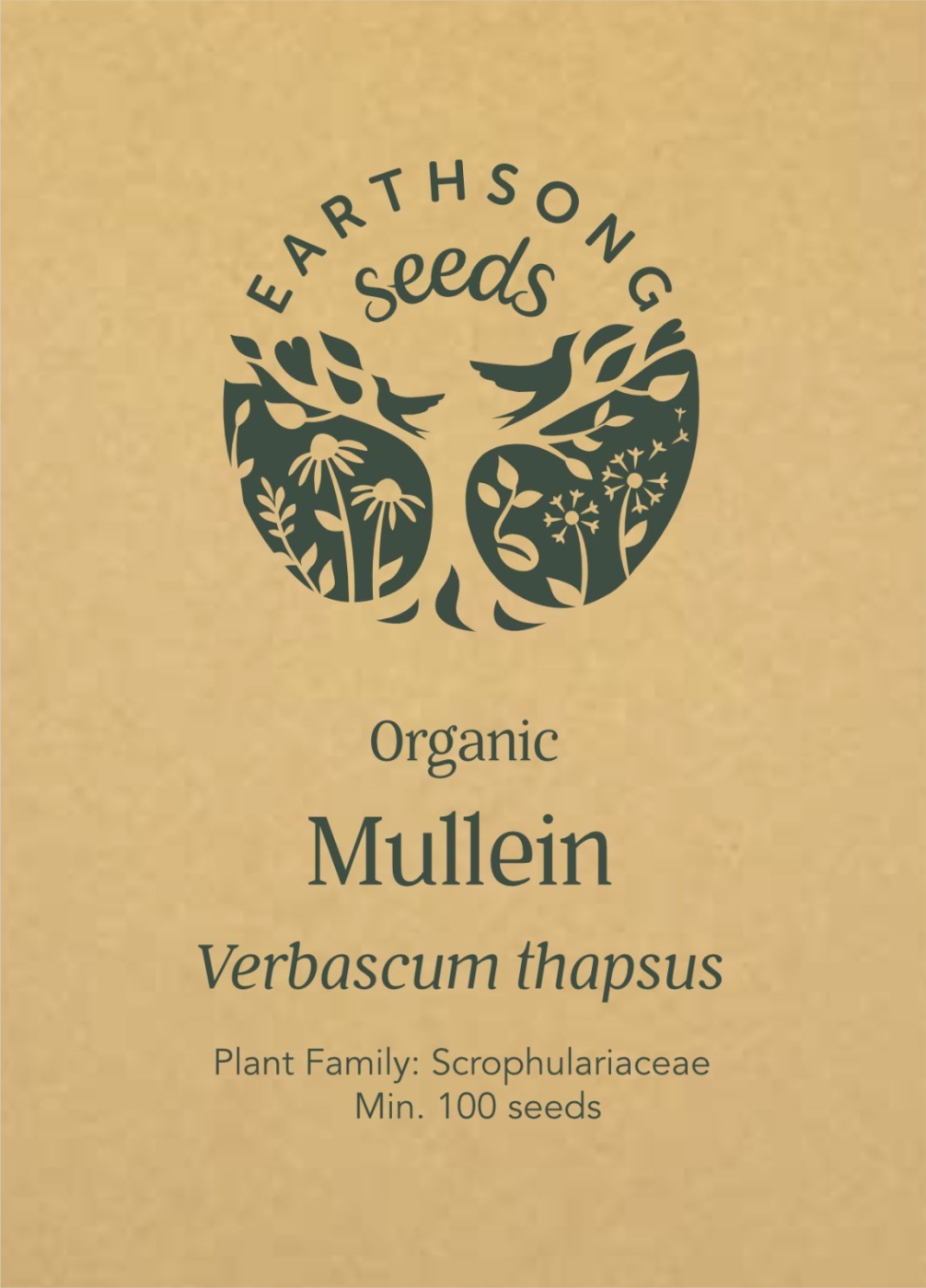

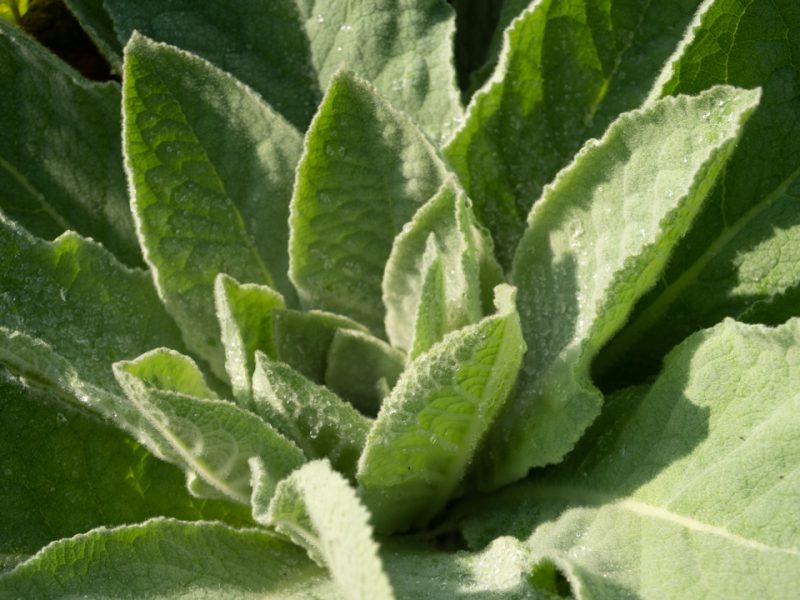
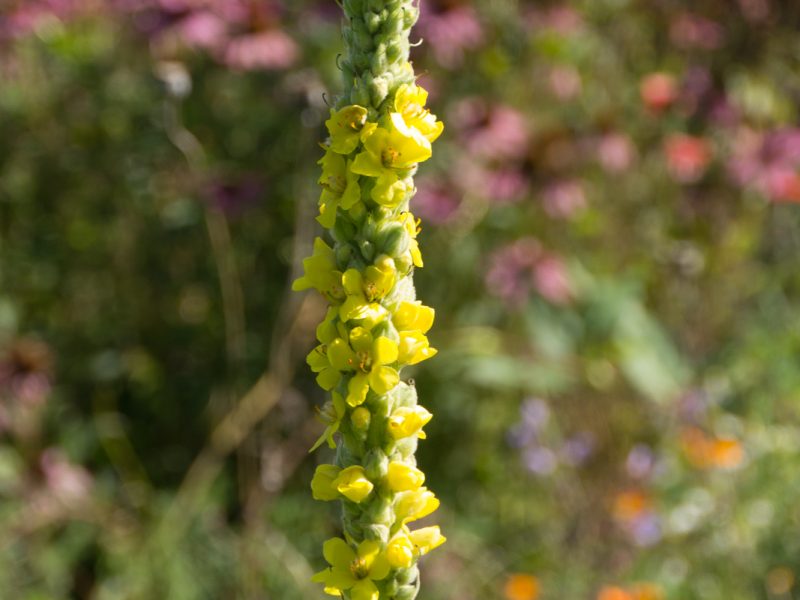
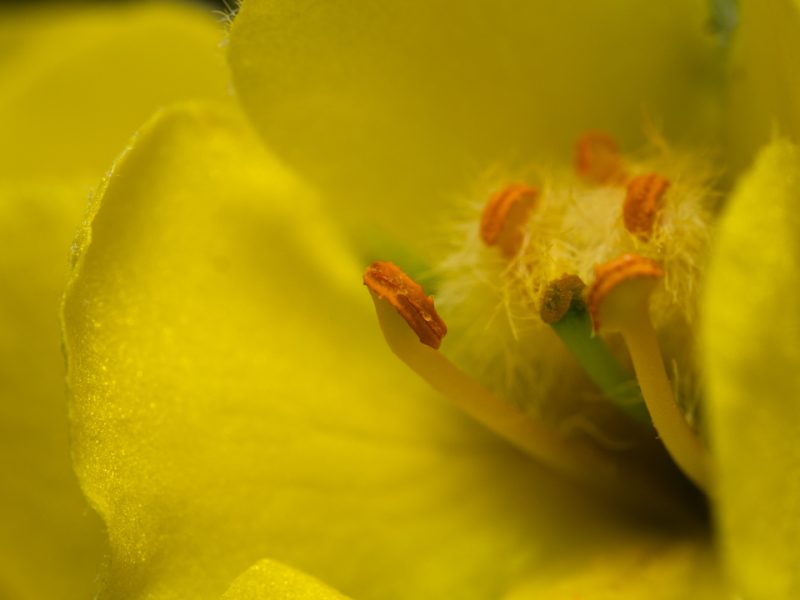
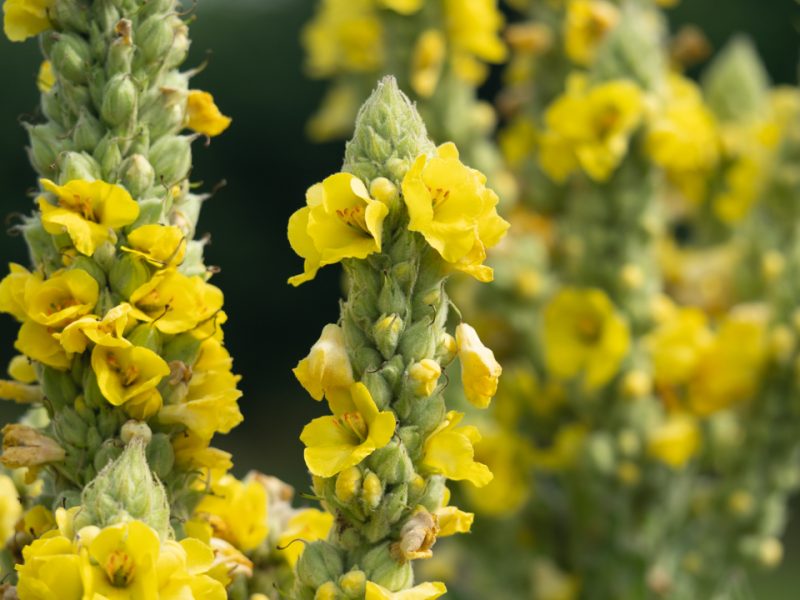
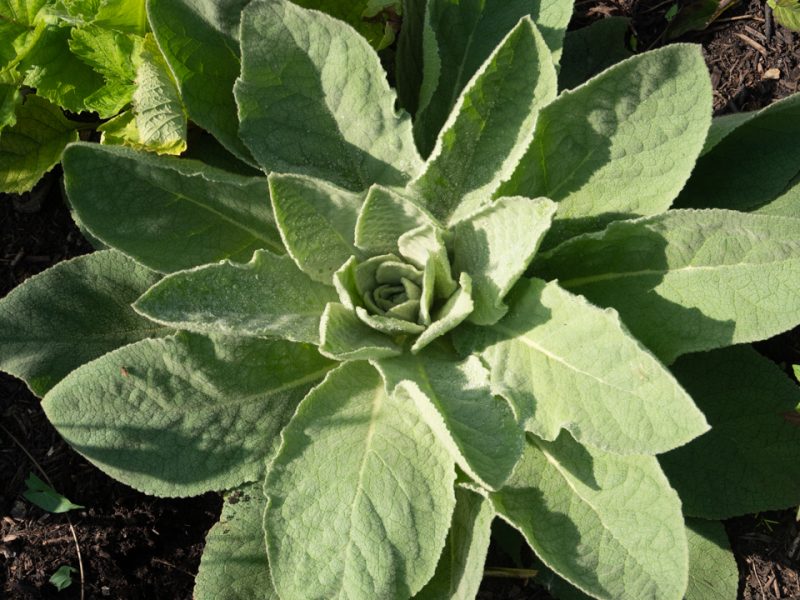
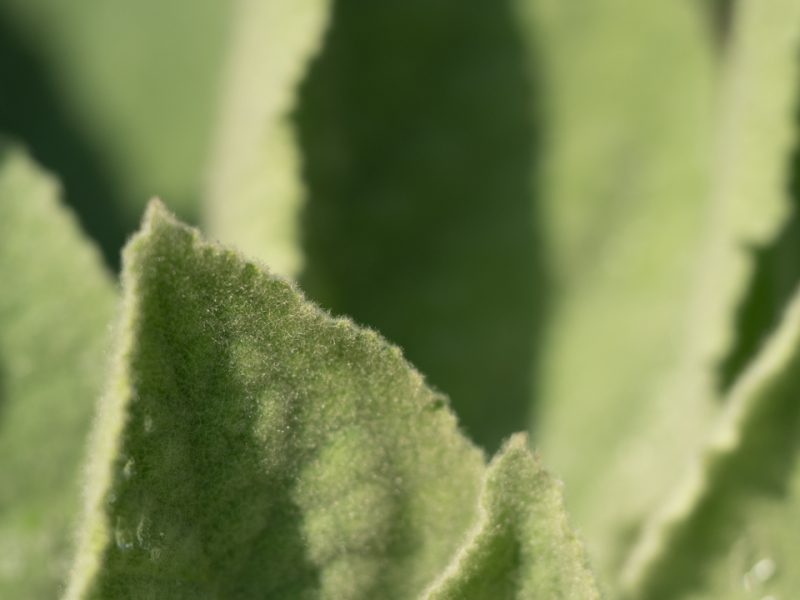
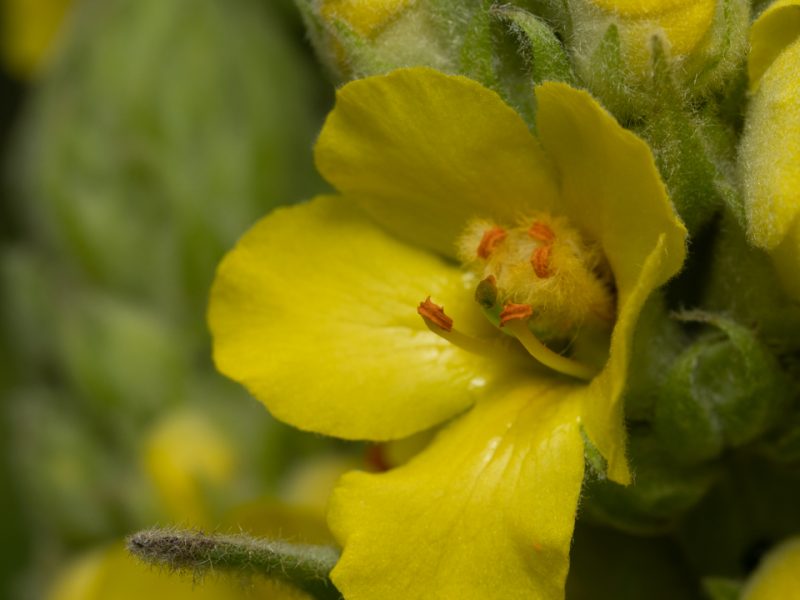

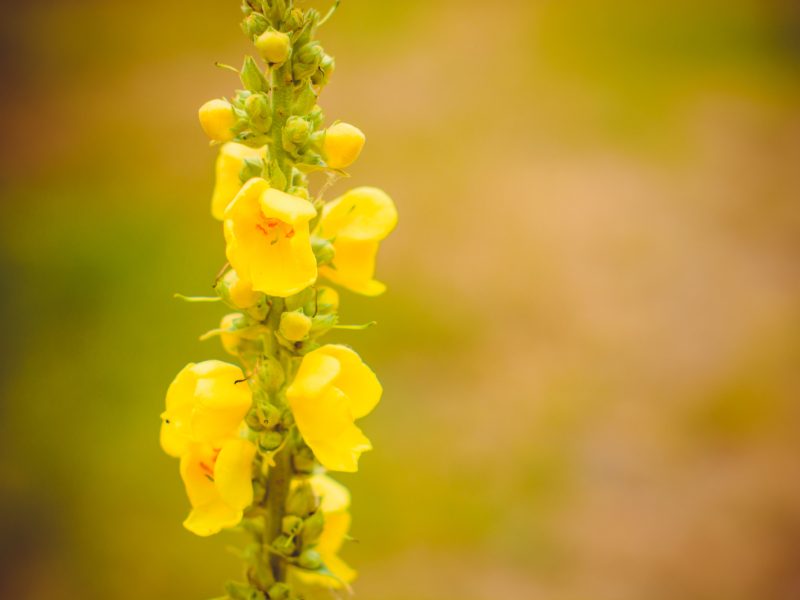





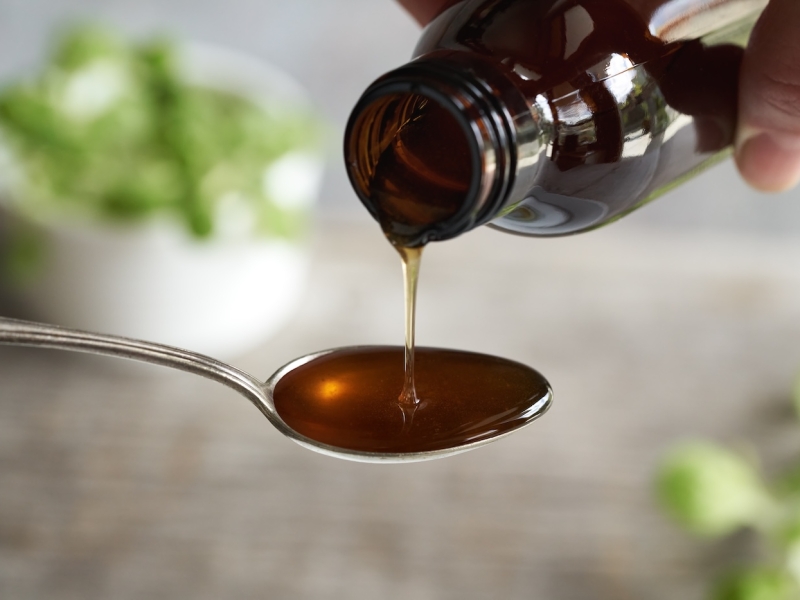
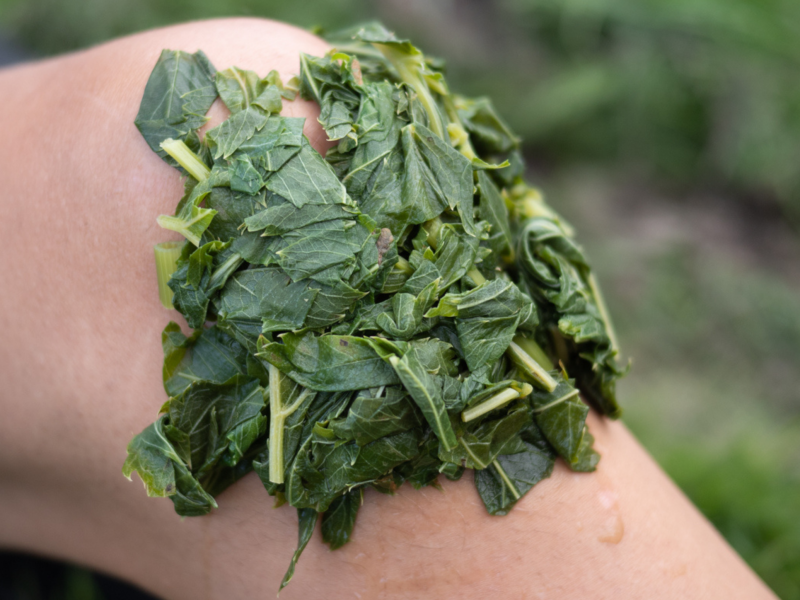


Reviews
There are no reviews yet.